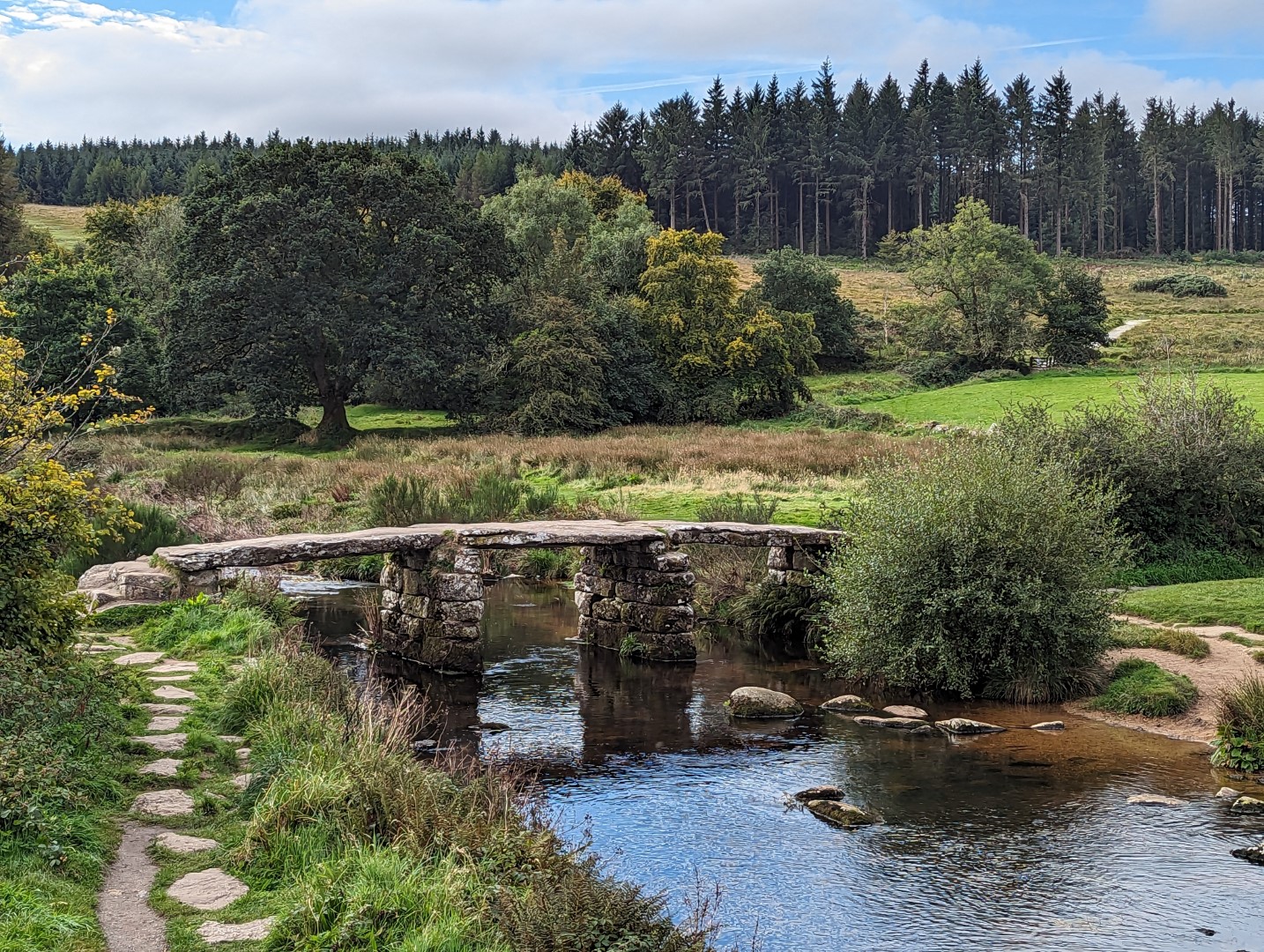For this part of the trip, Susie is walking the Cotswolds with friends and I am now traveling with Paul, my brother through the Southwestern part of England towards Cornwall.

Portsmouth
This has been an important military port for hundreds of years. We were able to see the HMS Victory, Admiral Nelson’s flagship during the win over the French/Spanish at the battle of Trafalgar. We also saw the Mary Rose and her artifacts. This was Henry VIII’s ship, built in 1511, sunk in 1543 near Portsmouth, found in 1971, raised in 1982. The museum shows the remains of the hull and hundreds of artifacts. Lastly was the HMS Warrior, the biggest baddest battle ship of 1860, but obsoleted within 12 years as warship development progressed rapidly.













Sunday Roast
On Sunday we had a Carvery dinner at a nearby restaurant. Big Sunday diners are an English thing (Carvery or a Sunday Roast), complete with Yorkshire Pudding (a puff pastry on the right.)

South Down Way
We did an out and back walk on the first bit of the South Downs Way. Another nice day with views across the fields. We hiked to Cheesefoot Head, partly to see a place with a silly sounding name, and to see the views. There is a natural amphitheater there where General Eisenhower addressed about 100,000 Allied soldiers shortly before D-Day.







Plymouth
This is another port city, best known in the US as the departure port of the Mayflower.




Coastal Way Hike
There is a continuous Costal Way path all along the southern coast of England. We just picked out a part near Plymouth to explore. Such a nice day with great visibility. We were able to see the lighthouse that stands on a rock 13 miles out to sea. We also stopped to see the Church of St. Peter the Poor Fisherman, a small church first built in the early 13th century, with renovations in the centuries since. It is an odd building, with leaning columns and no complete enclosure anymore.









Castle Drogo
We drove into Dartmoor National Park, which is a moor with the river Dart running through it. (makes sense, right?) These are vast rolling hills covered with a patchwork of stone walls, hedgerows, grazing pastures and wild growth, punctuated from time to time with stands of trees. The roads are narrow, and if you let Google Maps pick the roads for you, then you get the narrowest roads: single lane roads lined by said hedgerows and stone walls, with occasional wide-ish spots to allow cars to creep past each other.
Drogo Castle is considered the last castle built in England, started in 1911, it took nearly 30 years to complete. It was a residence for a wealthy family and their staff of 20 servants. First a family home, then a home for WWII orphans, it was given to the National Trust in the 1970’s.










By chance, we saw a notice that a sheep dog demonstration would take place near the Visitor’s Center that afternoon, so we stopped in during our return to Plymouth. Kenny and his son-in-law work a sheep farm near the Visitor’s Center and allowed guests to watch them work and train their dogs. So interesting to learn and watch this happen. I had been wanting to see something like this since we arrived in Ireland a month ago.



Stourhead
This is an estate with a grand house and even grander surrounding grounds (2650 acres). Perhaps the height of landscape architecture, every hill, tree, stream, lake bridge and structure on the grounds was meticulously planned and created.










And or course, Susie was walking the Cotswold Way during this time. Here is a summary of her time: Walk, sheep, hill, eat, sleep, walk, hill, village, sheep, cow, horse, sleep. Repeat.
Next up, Tintangle (King Arthur’s supposed castle), stone circles, Cornwall explorations!


Leave a Reply